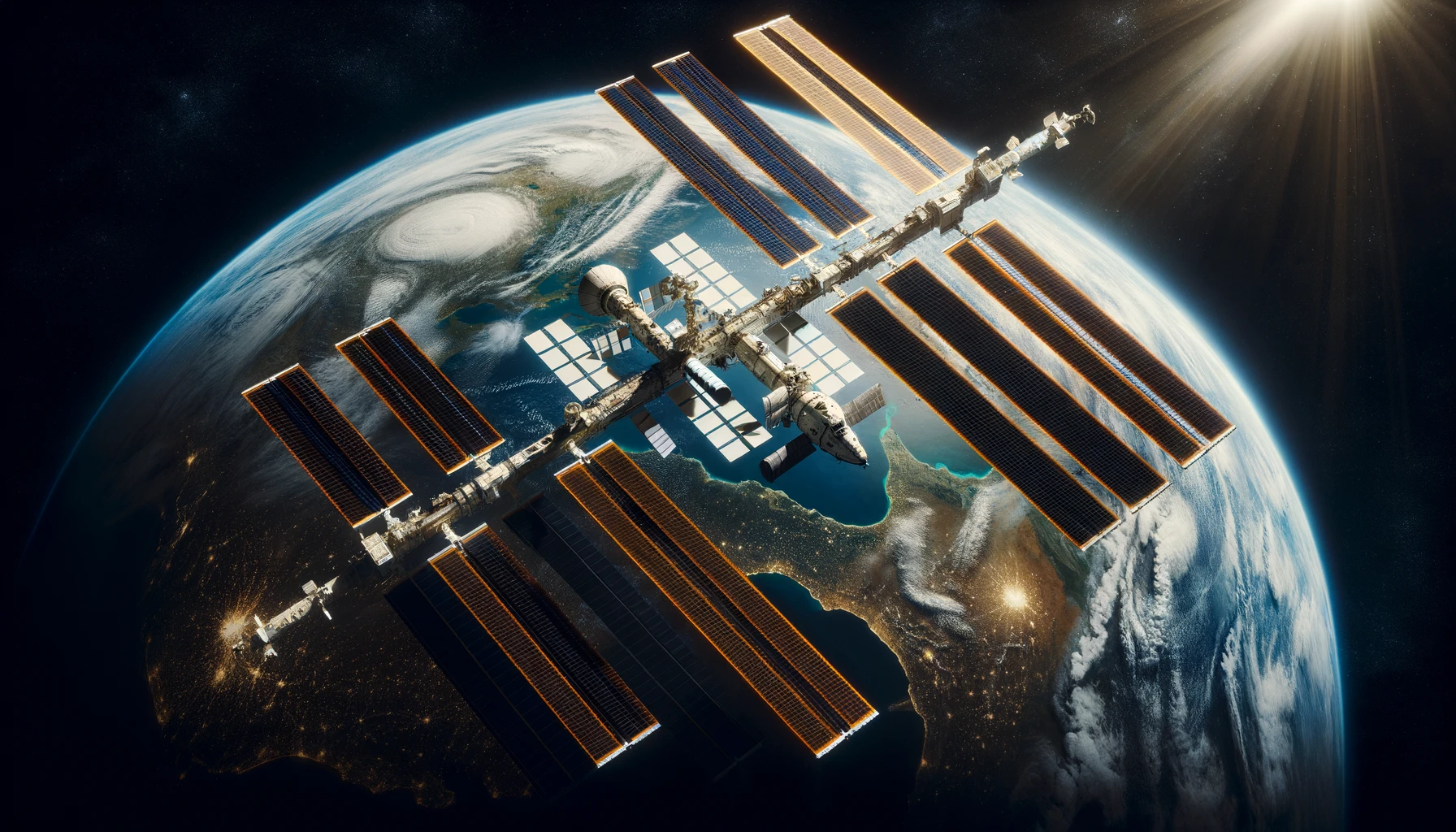NASA has developed a crucial thermal protection material called 3-Dimensional Multifunctional Ablative Thermal Protection System (3D-MAT) for its Orion spacecraft. This advanced material plays a vital role in ensuring the safe re-entry of the spacecraft from deep space missions. The 3D-MAT technology emerged from a need to find a new material for Orion’s compression pad that could withstand extreme temperatures during atmospheric re-entry. The project’s rapid development and successful integration into NASA’s Artemis campaign highlight its significance.
Development and Integration
The 3D-MAT project began due to technical challenges with early designs of the Orion spacecraft. The compression pad, a critical component connecting the crew module and the service module, struggled to endure the high temperatures of atmospheric re-entry. Engineers needed a solution that could maintain structural integrity under these extreme conditions. They explored using a 3D weave for heat shield materials, leading to the creation of 3D-MAT. This material, made from quartz yarn and cyanate ester resin, offers high strength and heat resistance, essential for the Artemis missions.
Collaboration and Achievements
Within three years, 3D-MAT evolved from a concept to a fully integrated material in NASA’s Artemis campaign. The successful Artemis I mission demonstrated its effectiveness. The quick development was due to collaboration with small businesses, such as Bally Ribbon Mills and San Diego Composites, which contributed to the weaving and resin infusion processes. The team behind 3D-MAT received the NASA Invention of the Year Award, highlighting the material’s importance for NASA’s future missions to the Moon and beyond.
Key Takeaways
- 3D-MAT ensures safety during spacecraft re-entry by withstanding extreme temperatures.
- Collaboration with small businesses accelerated its development and integration.
- 3D-MAT’s success on Artemis I underscores its importance for future missions.
The development of 3D-MAT follows previous advancements in thermal protection systems explored by NASA. Earlier attempts focused on different materials and designs, but 3D-MAT’s unique 3D weave technology provided superior performance. Past efforts in heat shield technology laid the groundwork for this innovation, demonstrating NASA’s iterative approach to solving complex engineering challenges. The combination of quartz yarn and cyanate ester resin in a three-dimensional structure marks a significant milestone in thermal protection.
Comparing 3D-MAT to previous thermal protection solutions highlights NASA’s continuous improvement trajectory. Earlier technologies focused on two-dimensional weaves or different resin compositions, which offered varying degrees of success. The introduction of a three-dimensional weave in 3D-MAT, coupled with advanced material selection, represents a leap forward in ensuring spacecraft integrity under extreme thermal stress. This advancement underscores NASA’s commitment to enhancing mission safety and success through innovative engineering.
3D-MAT’s applications extend beyond space exploration. Its material processing capabilities have led to the creation of structural parts for Formula One racecars and rocket motor casings. Its potential uses in commercial aerospace and defense sectors are under evaluation, showcasing the material’s versatility. The success of 3D-MAT in NASA’s Artemis missions paves the way for its adoption in various high-performance industries, demonstrating its broader impact.
Overall, the development and implementation of 3D-MAT highlight NASA’s innovative approach to solving critical engineering problems. The material’s ability to withstand extreme temperatures during re-entry is a testament to the collaborative efforts of NASA and its partners. The rapid progression from concept to application in the Artemis campaign underscores the importance of interdisciplinary cooperation in advancing space technology. As NASA continues its mission to explore and understand our solar system, 3D-MAT stands out as a key component in ensuring the safety and success of human space exploration.










